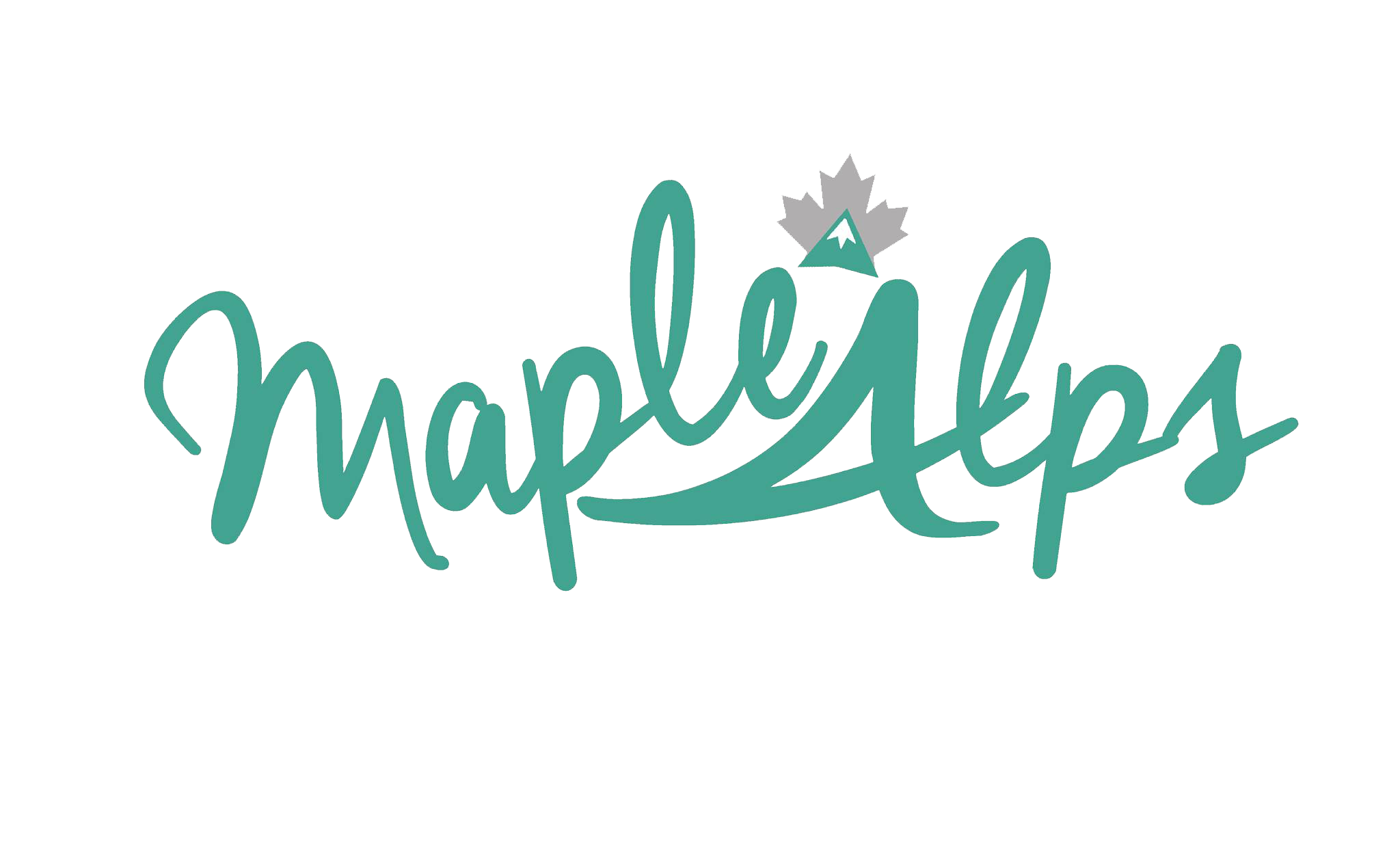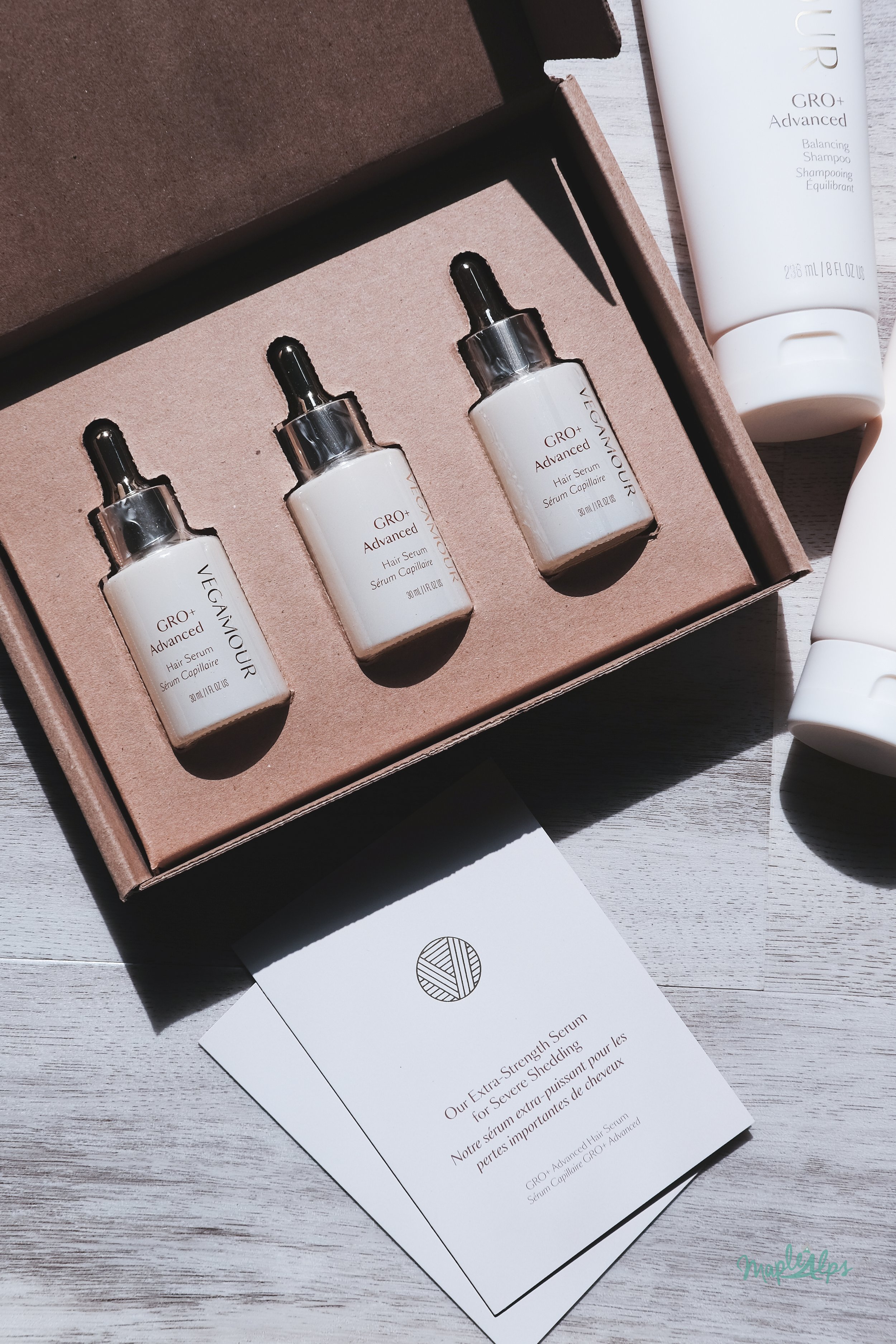Over the years, I have simplified many things in our household. We work on having a minimal-ish home where we are content and not overwhelmed with things. We also try hard to eliminate waste, and while we are not at zero-waste, we practice a near-o-waste policy. There are definitely more than 25 items that I do not purchase anymore due to different reasons, but twenty-five seemed like a good number for today’s blog post. Maybe I’ll expand it to fifty or one hundred at some point! The following list of random items I don’t purchase anymore is either due to finding an alternative that works better or is more eco-friendly, it is cheaper not to purchase it, or I have zero use for the item(s).
Affiliate links are used in this post.
In the Bathroom
1 | Makeup
I have my selection of favorite nail polish shades, but other than that, makeup is on the non-purchase list. I stopped buying it years ago, opting for a better skincare routine, and have not looked back.
Related Post: What Happened When I Quit Makeup
2 | Makeup Wipes
I don’t wear makeup anymore, so I wouldn’t need these anyway. A good facial cleanser, and argon oil (and maybe some reusable cotton rounds) are all one needs to remove makeup, though!
3 | Shaving Cream
Instead, I use the same soap I already use in the shower. I’ve not noticed any difference in the shave since I stopped buying shaving cream, and honestly, it saves me a step in the shower, saves me time, and saves me money (wow, that stuff got expensive when I looked last!). You can always make your own if you feel you can’t live without it.
4 | Single-Use Feminine Hygiene Products
All for the menstrual cup and period panties! It feels amazing not to throw feminine hygiene in the trash. The only exception is postpartum when cups are not usable.
Related Post: I Switched to a Menstrual Cup. Here’s What Happened.
5 | Hand Soap
Seven years later, I still make my own! It’s so easy and saves on single-use plastic (and money!), not to mention we are better able to avoid fragrances and other harsh ingredients that are commonly found in cheap hand soap.
In the Office
6 | Wall Calendars
Unnecessary, in my humble opinion. I choose to use a digital calendar (and planner!)
7 + 8 | Pens and Pencils
I have so many of these, especially from conferences and from my teaching days. I’m pretty sure I can go a very, very long time without buying another pen or pencil. So I won’t! I’ll also mention that I’ve transitioned quite a bit to digital planning, so I haven’t used pens and pencils in quite some time. My husband is relieved, I’m sure.
9 | Physical Books (with a few exceptions)
If I want to read a new physical book, the library is right around the corner from me. Everything else is a digital ebook or audiobook! The only exceptions to purchasing books are books that will be reread or referenced. If we don’t reread it, we pass it on to someone we think will enjoy it.
10 | Notebooks
Another thing I have an overabundance of from my teaching days. I don’t need to purchase a notebook for a long time, and I’ve honestly been making the switch to digital notebooks, so I don’t think more will be much needed!
In the Kitchen
11 | Vegetable Broth
Once I started making vegetable broth from collected scraps. I have not looked back. Not only is the price tag worth it, but it also does not take much time to make it - especially when I’m using my Instant Pot. The flavor is richer, and even my husband can tell when the homemade stuff is used.
12 | Bottled Water
We choose reusable water bottles. And we may have a slight obsession with them - especially glass water bottles (I love this one from Amazon!)! We do have non-glass water bottles that are more practical for activities like camping, hiking, and going to the beach, though.
13 | Sparkling Water
We decided to get a SodaStream (check it out on Amazon here) because I am obsessed with sparkling water. I was tired of all the plastic bottles involved in satisfying my craving, and the SodaStream has been a fantastic tool to have in our kitchen.
14 | Plastic Tupperware
Instead, I reuse glass jars or purchase glass containers. They’re heavy but so worth it, and I’ve had no problems freezing or storing them. It’s gotten to a point where I can tell just by the taste that something was stored in old Tupperware. If you can’t use glass, there are other alternatives, like tin containers, that are great (and light) for activities that aren’t glass-safe! You can always upcycle any current plastic Tupperware you own for all kinds of uses!
In the Closet
15 | Scarves
I used to have an obsession with scarves. Obsession. I had boxes of scarves when I went through them all, and it was becoming a problem! My husband even recently remarked that I constantly wore scarves when we first met and started dating over a decade ago. I finally downsized to a few favorites (and I’m talking, a maximum of three scarves) a few years ago, and I have not purchased a scarf since. It does help that it’s not overly cold in Maryland, but even so, I’ve realized that having just a few in a cold place will do the trick for me.
16 | Disposable lint roller
With a cuddly cat, lint rollers are necessary for us. Reusable lint rollers work great (like this one), are less flimsy, and don’t fill up landfills so quickly.
In the Supply Closet
17 | Fabric Softener
Aside from the plastic containers that add up from buying it, fabric softener is not good for your clothes. I stick with a sustainable laundry detergent (please, not a homemade one) to keep our laundry clean.
18 | Dryer Sheets
These are essentially fabric softener sheets for the dryer. I have some, but they were gifted, and I’ve never used them! They are not compostable or recyclable, so they need to be disposed of. I’ve also researched and found that they contain potentially harmful chemicals and the fewer chemicals I can have on our bodies, the better. Instead, I use reusable dryer balls made of wool (like these ones). They work well, catch lint, and are compostable. I find that a set lasts me years!
19 + 20 | Disposable Swiffer Duster/Broom
Instead, I have a washable duster (similar to this) that goes right into the wash when full and I use a normal broom and mop (this is my favorite mop, by the way). A microfiber cloth and cleaning solution also works fantastic for dust.
21 | Disposable furnace filters
We have a washable furnace filter that we switch out every couple of months (here’s a similar one). It works great, and there are no more trips to the hardware store to buy new disposable ones.
22 | Scent boosters for the laundry
Why add more chemicals when not necessary? I’m sensitive to perfumy smells, anyway, so this has never been a product for me.
23 + 24 | Plug-ins or Air Fresheners
Again, more unecessary chemicals.
In the Nursery
25 | Disposable cloth diaper liners
I never understood what the point of disposable liners was, though I understand why parents would want to use them! When I found out about reusable fleece liners (I use these), I was here for it. They work great for us!
Are there things you don’t buy anymore? Let me know about it in the comments!













